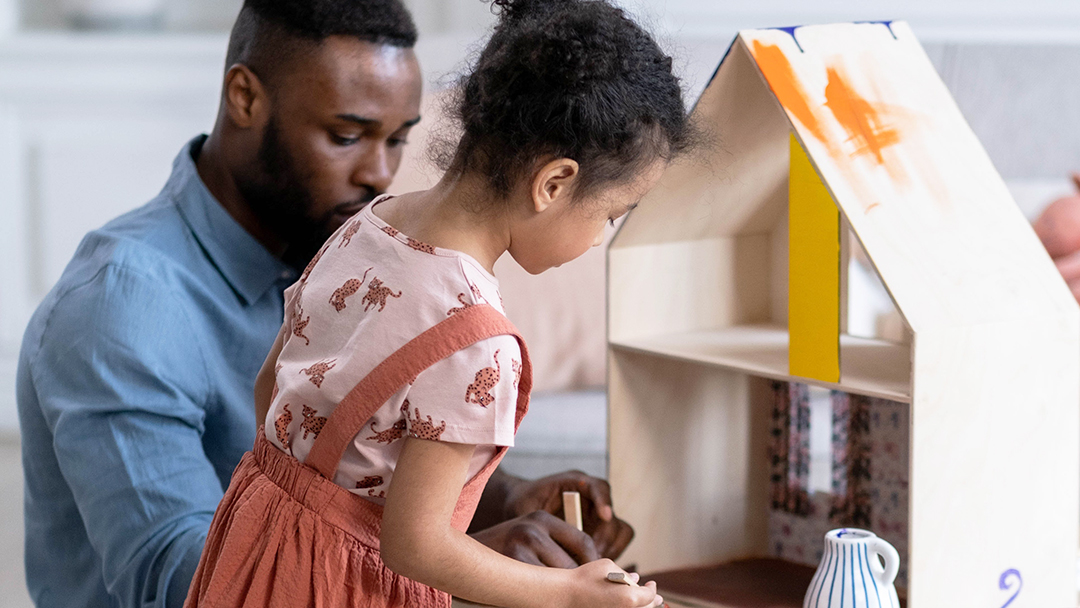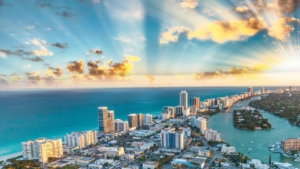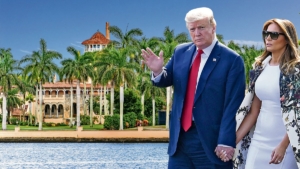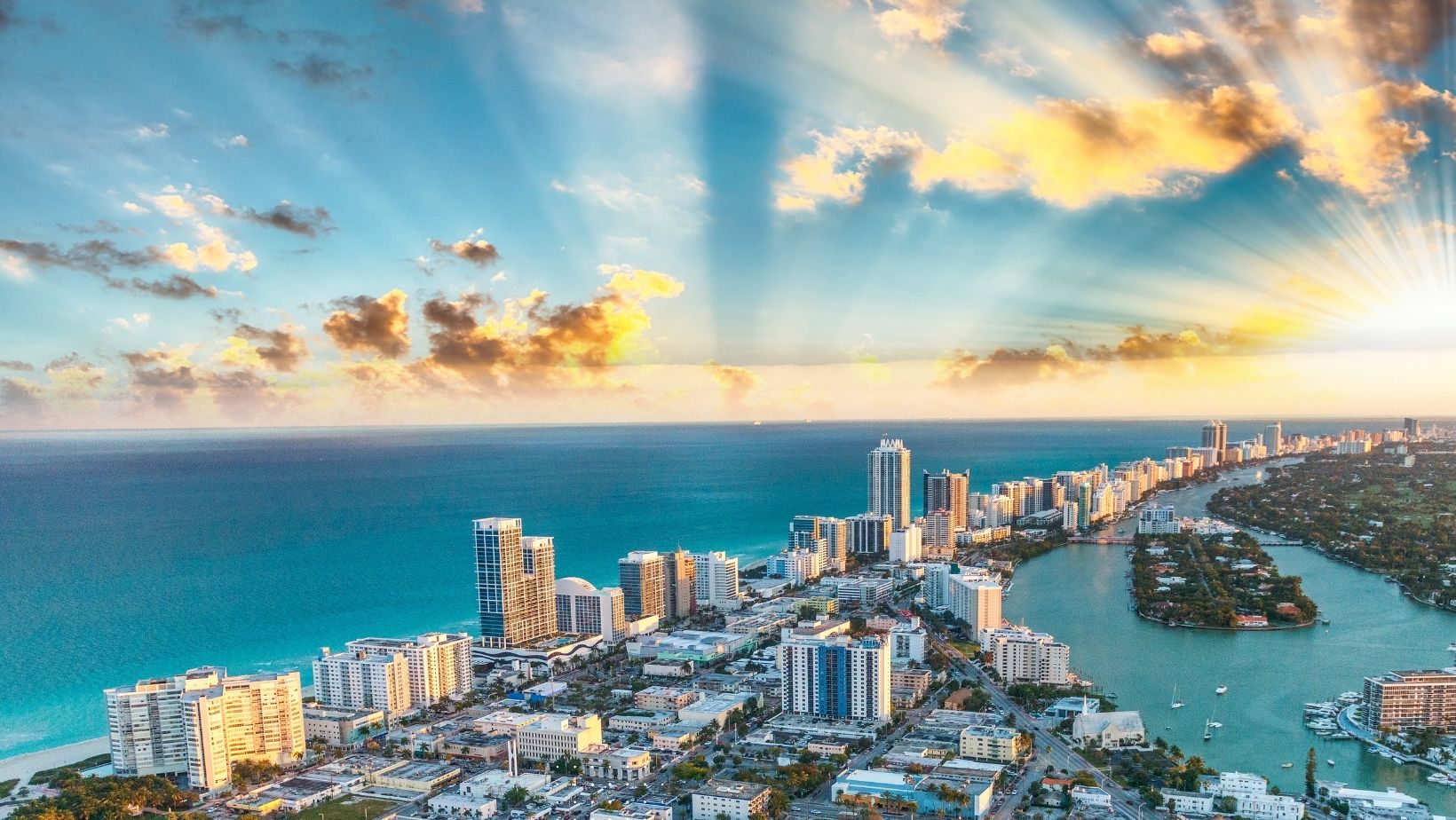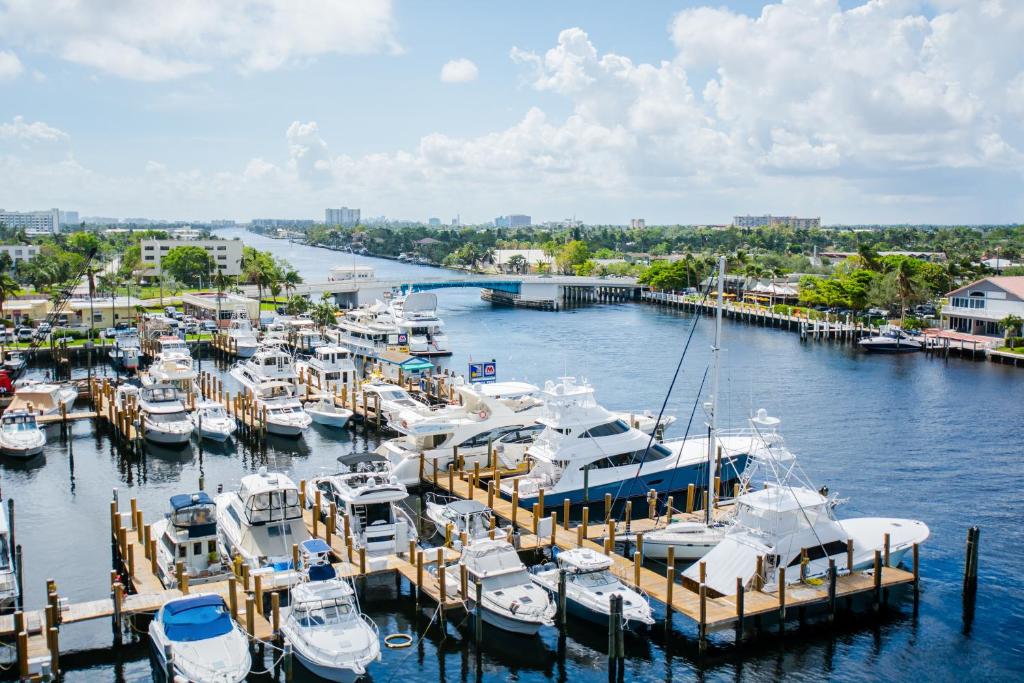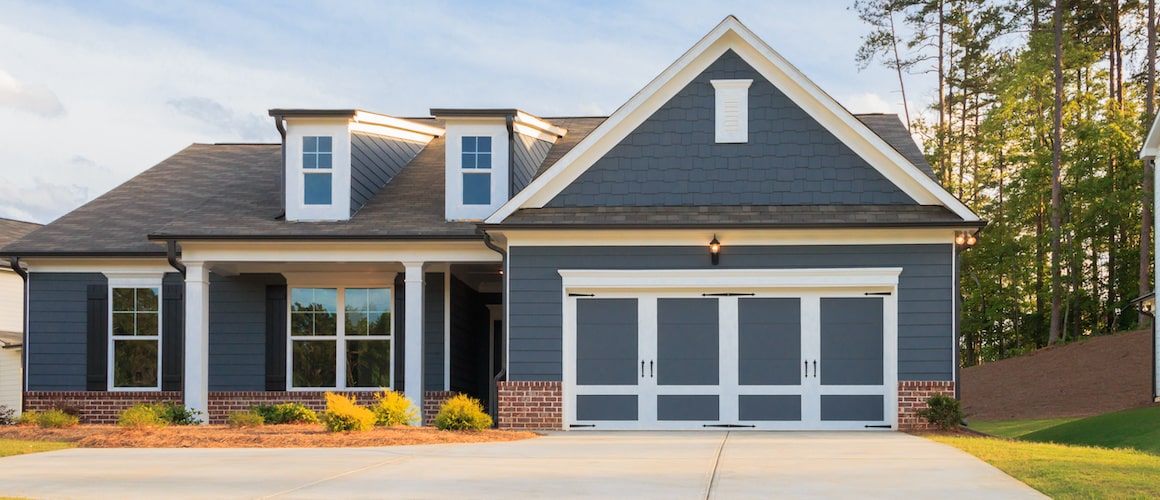Preserving Black Legacy: The Struggle for Homeownership in Miami's Changing Neighborhoods
The Mounting Challenge of Black Homeownership in Changing Miami
When Sabrina Guillaume embarked on her homebuying journey in early 2020, she encountered obstacles familiar to many Black residents in Miami. The then 24-year-old entrepreneur watched as pandemic-era market shifts rapidly escalated prices from the mid-$300,000s to $500,000. After navigating financial hurdles and what she termed "red-bottom Realtors" steering her toward million-dollar properties, Guillaume finally purchased a duplex in her childhood neighborhood of Liberty City — a historically Black community currently experiencing intense gentrification.
"I was discouraged, but buying back into my community was non-negotiable," explains Guillaume, now 28. "Black buyers need to get on the wave before the wave actually happens. By the time you start considering moving into these neighborhoods, you often can't afford it. They've already developed."
Guillaume's experience highlights a critical moment for Black homeownership in South Florida. As historically Black neighborhoods transform through development and gentrification, many community advocates emphasize the paramount importance of Black residents maintaining generational property, purchasing affordable homes, and investing in neighborhoods at risk of cultural erasure — despite the mounting challenges they face.
The Barriers to Black Homeownership in South Florida
The statistics paint a sobering picture: only 12% of homes in Miami are affordable to Black homebuyers in 2024, according to Zillow analysis. This affordability crisis places Guillaume among the fortunate few who managed to close on a property in a market that systematically prices out Black residents.
Tamekia Daniels, a Miami-area real estate agent whose clientele consists primarily of Black buyers seeking homes in their childhood communities, witnesses these challenges firsthand.
"Black buyers frequently encounter obstacles like predatory lending practices and difficulty meeting loan qualification requirements," Daniels explains. "For entrepreneurs especially, documenting income consistently can be problematic. I've seen families disqualified because a parent's contribution through informal work isn't properly documented in financial records."
Orphe Divounguy, senior economist at Zillow, attributes Miami's lower Black homeownership rates to income disparities: while the median household income in Miami metro is approximately $70,899, Black households earn significantly less at $61,111 compared to $78,150 for white households.
"Metropolitan areas like Miami with substantial Black populations haven't kept pace with affordable housing demand," Divounguy notes, "making Black residents disproportionately cost-burdened."
Beyond income disparities, credit barriers present another significant hurdle. When OneUnited Bank, a Black-owned financial institution in Little River, launched a forgivable loan program for first-time homebuyers of color in February, they received a disappointing response in Miami — only three applicants qualified.
"Many applicants had credit scores in the 400-500 range, making them ineligible," says Teri Williams, OneUnited's CEO. "We've discovered that much of our community isn't aware of their credit score or how to improve it."
The Critical Importance of Preserving Generational Property
As housing prices skyrocket throughout South Florida, community leaders are rallying around a crucial message: "Don't sell mama's house."
Danny Felton, a 54-year-old real estate and mortgage broker who recently spoke at the Black Wealth Summit at Florida Memorial University, emphasizes that Black homeownership forms the foundation of generational wealth.
"We must view real estate as an investment tool, not a burden," Felton asserts. "Purchasing property today meets a basic need while appreciating in value. Paying a mortgage is paying yourself — you can't write off rent on your taxes."
Felton's perspective is shaped by personal experience. His parents sold their Liberty City home in 1977, using the proceeds to purchase a $17,500 property in Little River where they built a four-bedroom residence through skill-trading within the Black community. Today, at 91, Felton's father still lives in that home, which has appreciated tremendously in value.
"I sold a similar house nearby for $490,000," Felton reveals. This exponential growth demonstrates why he's dedicated 30 years to educating fellow Black Miamians about homeownership's transformative potential.
Resisting the Pressure to Sell in Gentrifying Communities
In Coconut Grove, 74-year-old Clarice Cooper has spent years advising neighbors to hold onto their properties. As president of the Coconut Grove Village West Homeowners and Tenants Association and with family roots extending 100 years in the Grove, Cooper constantly witnesses investors targeting the area with no intention of becoming community members.
"They buy, upgrade, and rent or flip the properties," Cooper explains. "We try to help people understand that selling your house for $500,000 to $600,000 often means watching it resell for $7-8 million."
Cooper purchased her own Coconut Grove home for $43,000 in 1981. Today, she regularly declines offers ranging from $800,000 to $1 million. Her commitment to preservation comes from understanding what's at stake.
"We're losing ground every day," she laments. "Many people want to return to the Grove but can't afford to come back."
This sentiment resonates with Tamekia Daniels, who believes preserving Black communities transcends financial considerations.
"It's critical because gentrification dismantles familiarity, legacy, and cultural connections tied to specific neighborhoods," Daniels emphasizes. "As historically Black areas like Little Haiti and West Grove attract development due to their desirable locations, maintaining community ownership becomes increasingly vital."
Building Solutions Through Investment and Education
Some community members, like Miami rapper Flo Rida, are demonstrating how Black investment can preserve community assets. Two years ago, he purchased a plaza in his hometown of Miami Gardens, exemplifying the "buy back the block" philosophy gaining traction among Black investors with means.
Ned Murray, associate director of FIU's Metropolitan Center research institute, offers historical context for today's challenges. While 2004 marked a milestone for Black homeownership at 49%, that rate has since declined significantly. Currently, Black homeownership nationally stands at 46% — still 20% lower than the overall homeownership rate throughout the country.
"Things haven't improved substantially," Murray notes. "In fact, they've worsened in many respects."
For Danny Felton, education remains the key to reversing these trends. He's dedicated his career to sharing homeownership knowledge with other Black Miamians, believing that informed community members can better resist displacement pressures.
Insights on Black Homeownership in Miami
What makes gentrification in Miami's Black neighborhoods different from other cities?
Miami's unique geography creates intense pressure on historically Black neighborhoods, many of which occupy prime real estate near water or downtown areas. With limited buildable land remaining in South Florida, developers target established Black communities like Overtown, Liberty City, and West Coconut Grove at unprecedented rates, driving some of the nation's most rapid demographic shifts.
How can Black residents improve their chances of qualifying for home loans?
Financial literacy is crucial. Prospective buyers should begin by checking their credit scores and addressing issues at least 6-12 months before applying. Documenting all income sources properly, reducing debt-to-income ratios, and exploring first-time homebuyer programs specifically designed for underserved communities can significantly improve qualification rates. Community development financial institutions (CDFIs) often offer more flexible terms than traditional banks.
Why is holding onto generational property particularly important for Black families?
Beyond financial appreciation, these properties represent cultural anchors and community connections built over generations. They provide economic security through equity building and potential rental income. Most importantly, they serve as tangible assets that can be passed down, helping to close the persistent racial wealth gap where the average white family has eight times the wealth of the average Black family according to Federal Reserve data.
What resources exist specifically for Black homebuyers in Miami?
Several organizations provide targeted assistance, including the Miami Homes For All initiative, the South Florida Community Land Trust, and Miami-Dade Economic Advocacy Trust's homebuyer programs. Additionally, community-focused financial institutions like OneUnited Bank offer specialized mortgage products. The Urban League of Greater Miami provides homebuyer education courses and counseling specifically addressing challenges faced by Black homebuyers.

